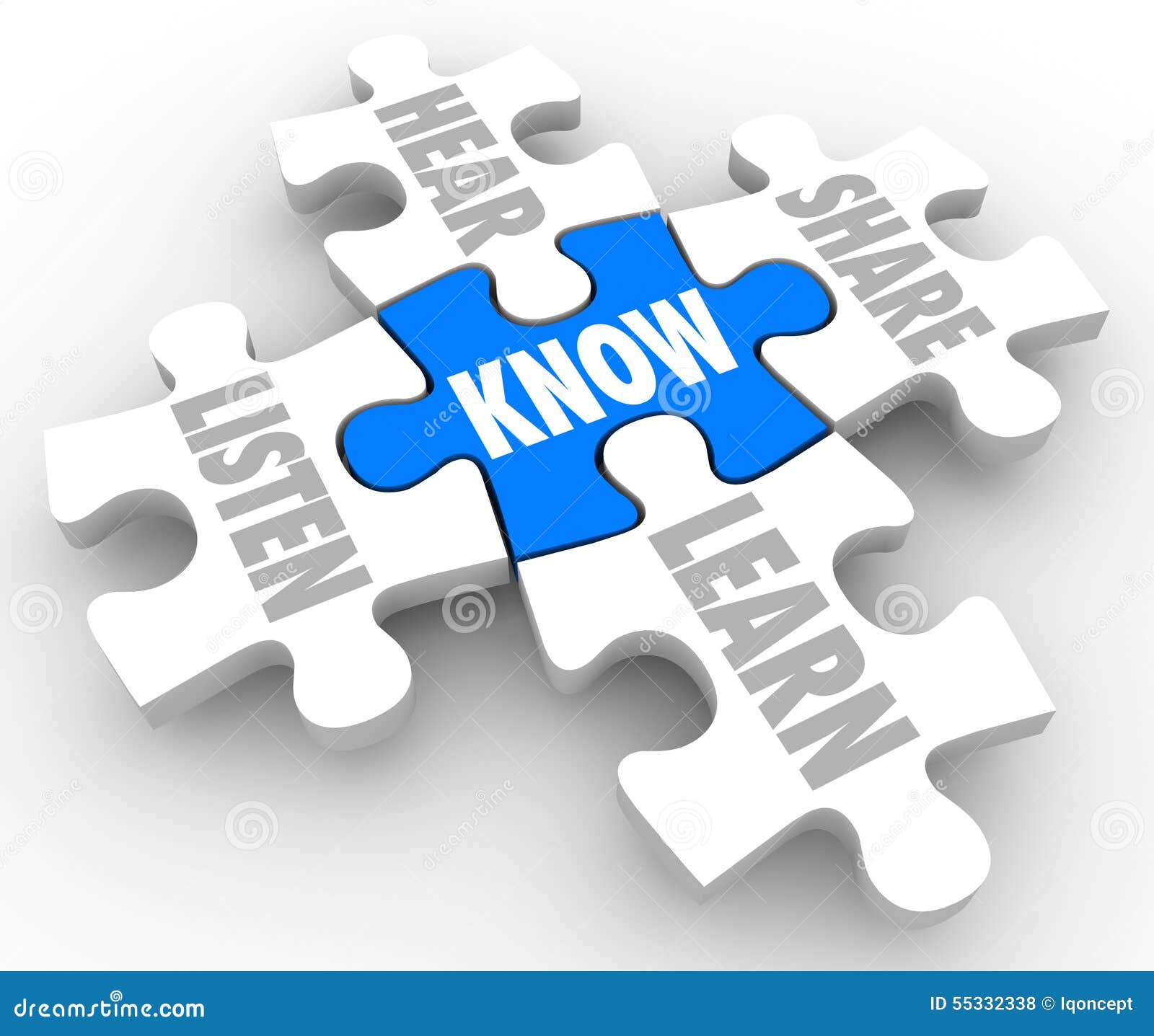Have you ever heard someone mention "Vikram Age" and found yourself just a little puzzled? It's something that pops up quite a bit, especially when folks talk about old events, cultural celebrations, or even some family records. For many, it might just sound like a fancy way to talk about time, but there's a whole system behind it, a way of marking years that has been around for, well, a very, very long time. Getting a good grip on what this age truly means can really open up a new way of looking at history and tradition.
Figuring out something like the Vikram Age isn't just about memorizing a date or a number; it's about getting to the heart of a different way of keeping track of time. It's about seeing how people in different places and at different points in history have made sense of the years passing by. We're going to pull back the curtain a bit, so you can really start to see the pieces that make up this ancient calendar system. So, it's almost like we're going on a little discovery trip together.
When we talk about making sense of something, we can approach it from many different angles. One way might be just to collect facts, while another involves seeing how those facts connect to bigger ideas. It's kind of like peeling back layers to see what's truly there. This approach helps us go past just knowing a few things to really feeling comfortable with the whole idea. We will try to get to that point with Vikram Age, too.
- Unraveling The Dynamic Duo Dr Evil And Mini Me
- Is Bob Seger Alive The Legacy Of A Rock Legend
- The Unforgettable Thumb From Spy Kids A Look Back At A Unique Character
- Unraveling The Mystery Who Is Tyler Hynes Married To
- The Many Facets Of Damian Hardung
Table of Contents
- What is Vikram Age, Really?
- The Foundation of Understanding Vikram Age
- How Does Vikram Age Compare to Other Calendars?
- Gaining Perspective on Understanding Vikram Age
- Beyond the Numbers - Why Does Vikram Age Matter?
- The Cultural Significance of Understanding Vikram Age
- Unpacking the Facets of Getting a Grip on Vikram Age
- Exploring Different Ways of Understanding Vikram Age
- How Can We Truly Grasp Vikram Age?
- An Inquiry Approach to Understanding Vikram Age
- Addressing Common Misconceptions About Getting a Handle on Vikram Age
- Clearing Up Issues with Understanding Vikram Age
- The Backward Design for Making Sense of Vikram Age
- Designing for Deeper Understanding Vikram Age
- What Does it Take to Achieve Full Grasp of Vikram Age?
- The Path to Mature Understanding Vikram Age
What is Vikram Age, Really?
When people talk about Vikram Age, they are referring to the Vikram Samvat, a historical calendar that is quite prominent in parts of India and Nepal. This particular calendar gets its start from a very specific point in history, generally believed to be 57 years before the start of the Common Era, or CE. It is traditionally linked to a legendary king named Vikramaditya, who is said to have kicked off this calendar to mark his victory over invaders. Basically, it’s a way of counting years that began long, long ago, and it still holds a lot of meaning for many people today.
The Foundation of Understanding Vikram Age
To truly get a handle on the Vikram Samvat, we first need to know its basic structure. It’s a lunisolar calendar, which means it considers both the moon's phases and the sun's position. This makes it a bit different from the purely solar calendar many of us use every day. So, a year in Vikram Samvat is not quite the same length as a year in the Gregorian calendar. Knowing this foundational bit helps set the stage for seeing how it works, and you know, it’s a pretty clever system when you look at it.
How Does Vikram Age Compare to Other Calendars?
One of the easiest ways to start making sense of something new is to put it next to something you already know. So, when we think about the Vikram Samvat, it helps to see how it lines up with other ways of keeping time. Most of the world uses the Gregorian calendar, where we are in a certain year, say 2024. If you want to figure out the Vikram Samvat year from a Gregorian year, you usually add 57 years to the Gregorian year. For instance, 2024 CE would be roughly 2081 VS, though it can vary by a year depending on the month, because their new year starts at a different time. This difference is rather important to remember.
- Karlaftis Chiefs The Rise Of A Football Sensation
- Unraveling The Mystery Is Kim Young Dae Single
- Coco Jones Unraveling Her Net Worth And Career Journey
- Bres Family The Parents Behind Selling Sunset Star
- The Connection Park Bo Gum And Kim Yoo Jungs Relationship
Gaining Perspective on Understanding Vikram Age
This difference in the starting point and the way the year is counted gives us a different way to look at time itself. It shows that there isn't just one single way to measure the passage of days and seasons. Some calendars focus purely on the sun, some on the moon, and some, like the Vikram Samvat, try to balance both. By seeing these variations, we get a broader view of how societies have organized their lives around the cycles of nature. It’s kind of like realizing there are many paths up the same mountain, you know?
Beyond the Numbers - Why Does Vikram Age Matter?
It's one thing to know the math behind a calendar, but it's quite another to grasp why it continues to be important. The Vikram Samvat isn't just a historical artifact; it's a living part of many people's daily routines and cultural expressions. Think about major festivals like Diwali or Navratri; their dates are often set according to the Vikram Samvat. Many traditional events, religious ceremonies, and even some official documents in certain regions still use this calendar system. So, it really plays a big part in the rhythm of life for millions.
The Cultural Significance of Understanding Vikram Age
To really get a feel for why this age holds such weight, you have to look at its role in people's lives. It's tied to generations of stories, traditions passed down, and a collective memory. When a date is given in Vikram Samvat, it often carries a deeper meaning for those who follow it, connecting them to their ancestors and a long line of cultural heritage. It's not just a number; it’s a thread in the very fabric of their identity, which is pretty cool, actually.
Unpacking the Facets of Getting a Grip on Vikram Age
When we talk about truly getting a grip on something like the Vikram Age, it means more than just knowing a few facts. It involves looking at it from several different angles, kind of like turning a gem to see all its sparkling surfaces. There are many different ways to make sense of something, and applying these different views helps us build a more complete picture. So, let’s consider some of these perspectives, shall we?
Exploring Different Ways of Understanding Vikram Age
One way to see it is through **explanation**. Can you clearly talk about how the Vikram Samvat works to someone who has never heard of it? This means breaking down its parts, like its starting point and how it measures a year. Another angle is **interpretation**. What do dates in the Vikram Samvat tell us about the historical or cultural context of an event? It’s about reading between the lines a bit, seeing the bigger picture. Then there's **application**. How is the Vikram Samvat actually used in real life? Is it for setting festival dates, or perhaps for marking important family milestones? Seeing it in action helps solidify what it means.
We can also look at it from **perspective**. How do different groups of people, maybe those in different parts of India or Nepal, relate to or use the Vikram Samvat? Do they see it in the same way, or are there slight differences? This helps us appreciate the variety of experiences. Then there’s **empathy**, which might seem a little odd for a calendar, but it’s about imagining what it might feel like to live by this calendar. How might it shape one's sense of time or tradition? It’s about stepping into someone else’s shoes, in a way. Finally, there's **self-knowledge**. How does learning about the Vikram Samvat change your own thoughts about time, culture, or history? Does it make you question assumptions you had? All these ways of looking at it really help build a full picture, you know, a very rich one.
How Can We Truly Grasp Vikram Age?
If we want to move beyond just surface-level knowledge and really get a deep hold on the Vikram Age, we need to approach it with a sense of curiosity and a willingness to investigate. It’s a bit like being a detective, gathering clues and putting them together. This kind of active looking helps us not just collect facts but also see how those facts fit into a larger pattern. So, how do we go about this kind of active discovery?
An Inquiry Approach to Understanding Vikram Age
One way to really dig in is through what we might call an empirical approach. This means looking at actual evidence. You could, for instance, examine old documents, historical records, or even personal diaries that use Vikram Samvat dates. That’s a bit like doing an experiment. You could also talk to people who regularly use the Vikram Samvat in their daily lives, perhaps asking them about how they keep track of dates or how it affects their traditions. This is like conducting interviews. Or, you might look at how widely it’s used in different regions by checking out public calendars or local announcements, which is a bit like a survey. All these methods help us uncover the real workings behind the system, actually.
Addressing Common Misconceptions About Getting a Handle on Vikram Age
Just like with anything that has a long history and is used by many people, there are often some common mix-ups or things that get misunderstood about the Vikram Age. Sometimes people might confuse it with other calendar systems, or they might not be clear on how to convert dates properly. It's a bit like trying to put together a puzzle but having a few pieces that don't quite fit. Being aware of these common tripping points can save a lot of confusion and help clear up the picture.
Clearing Up Issues with Understanding Vikram Age
One frequent point of confusion is the exact starting point or the conversion formula. As mentioned, it's generally 57 years ahead of the Common Era, but some regional variations or specific calculations for certain festivals might make it seem slightly different. Another thing people sometimes get wrong is assuming it's a purely solar calendar, when it's actually lunisolar, meaning it adjusts its months based on the moon. Addressing these specific points head-on helps to smooth out the path for anyone trying to make proper sense of the system. It really helps avoid those little bumps in the road, too.
The Backward Design for Making Sense of Vikram Age
When we want to really grasp something, it can be helpful to think about it in a particular way: starting with the end in mind. This is kind of like planning a trip by first deciding where you want to go, then figuring out how you’ll know you’ve arrived, and only then planning the actual route. Applied to the Vikram Age, this means we first ask: What would it look like if someone truly had a solid grip on this calendar system? What would they be able to do or explain?
Designing for Deeper Understanding Vikram Age
So, if our goal is for someone to genuinely make sense of the Vikram Age, we might say they should be able to convert dates, explain its cultural importance, and maybe even discuss its origins. That's our desired outcome. Next, how would we know if they've achieved that? We might ask them to convert a date, talk about a festival's connection to the calendar, or explain why it matters to certain communities. Those are our ways of checking for grasp. Only then do we think about the activities that would get them there: perhaps looking at historical texts, talking to people who use the calendar, or even trying to track a few dates themselves. This way of planning helps us avoid just throwing facts out there and hoping they stick; it’s a much more purposeful way to learn, actually.
What Does it Take to Achieve Full Grasp of Vikram Age?
Getting a complete and mature hold on any subject, including something like the Vikram Age, isn't usually a quick thing. It's more of a gradual process, where you build up your knowledge and perspective over time. It’s like learning a new skill; you don't just pick it up all at once. You practice different parts, connect them, and eventually, it all clicks into place. So, what does this fuller grasp look like for our calendar system?
The Path to Mature Understanding Vikram Age
A truly solid grasp of the Vikram Age means bringing together all those different ways of looking at it that we talked about earlier. It means you can explain its mechanics, interpret its historical role, apply it to real-world situations, see it from different cultural viewpoints, perhaps even feel a connection to its long history, and gain some personal insight from learning about it. When you can connect all these pieces, you move beyond just knowing facts to having a deep, rich picture of the Vikram Samvat. It’s a bit like seeing the whole forest, not just a few trees, and it’s a very satisfying feeling, you know.
This exploration of the Vikram Age has taken us through its foundational elements, how it compares to other time-keeping methods, and its deep cultural importance. We've also touched upon various ways to make sense of it, from direct inquiry to thinking about how we can best approach learning about it for a deeper grasp. It's a system with a long story, and getting a handle on it really connects us to a different way of seeing time and tradition.
- Exploring The Early Life Of Melanie Griffith A Journey Through Her Youth
- Discovering The Life And Legacy Of Paul Michael Glaser
- Unraveling The Wealth Meghan And Princess Lilibet Net Worth
- Manga Pronunciation Mastering The Art Of Saying It Right
- The Iconic Cast Of Jaws A Deep Dive Into The Characters Behind The Classic Film


